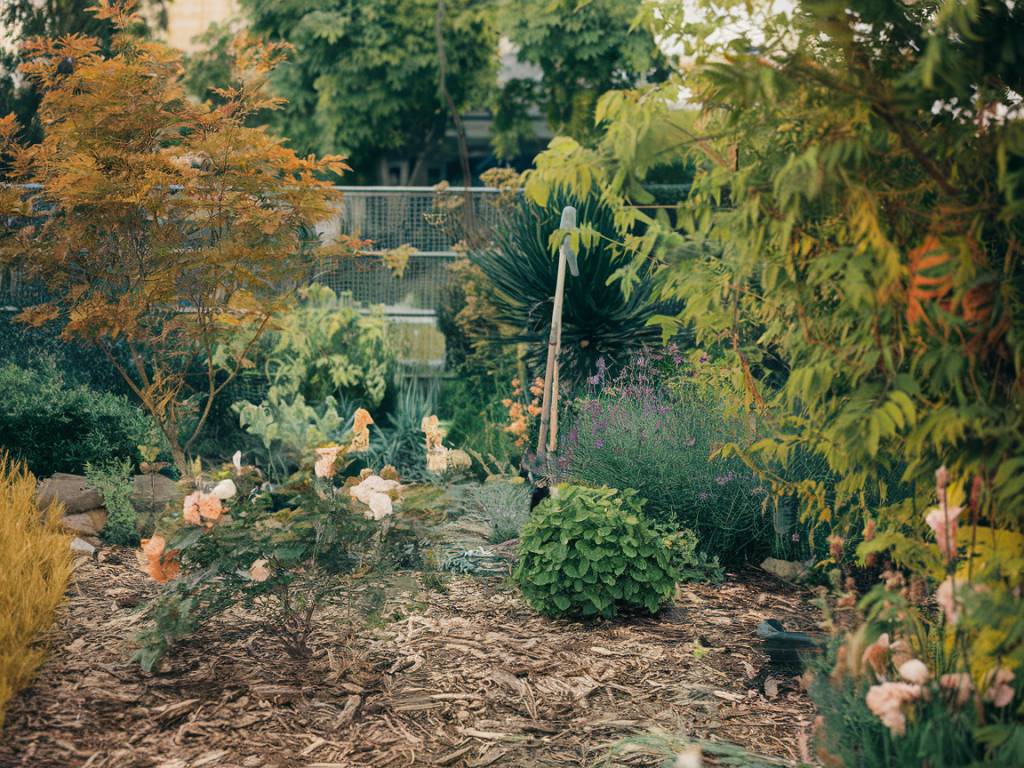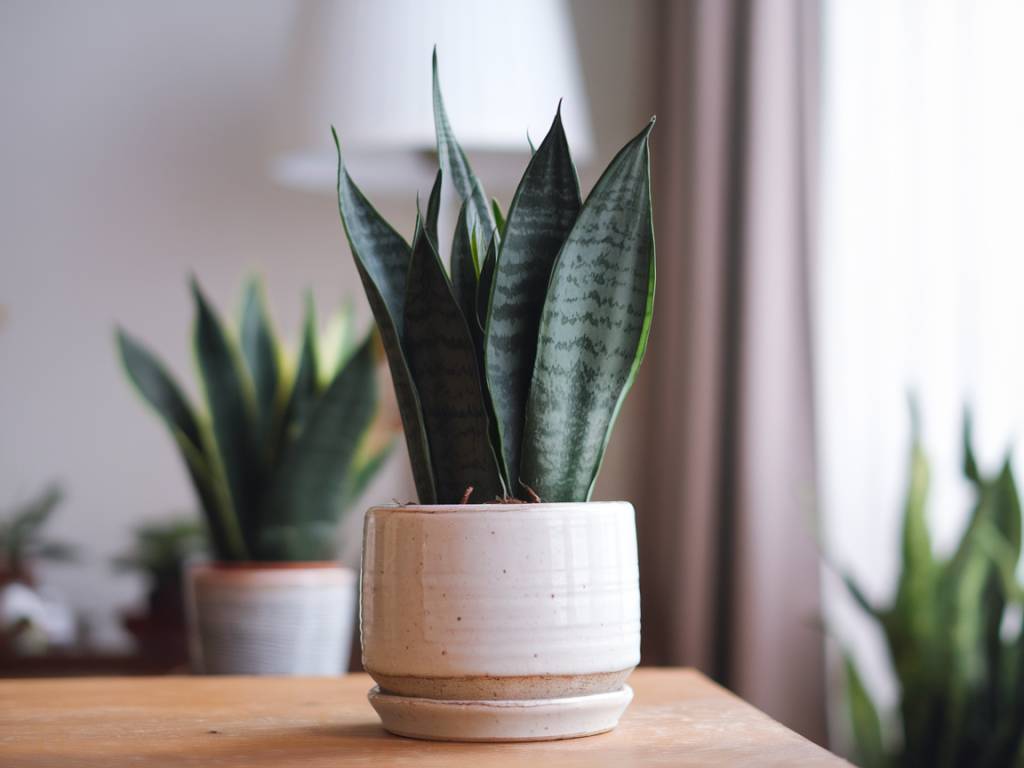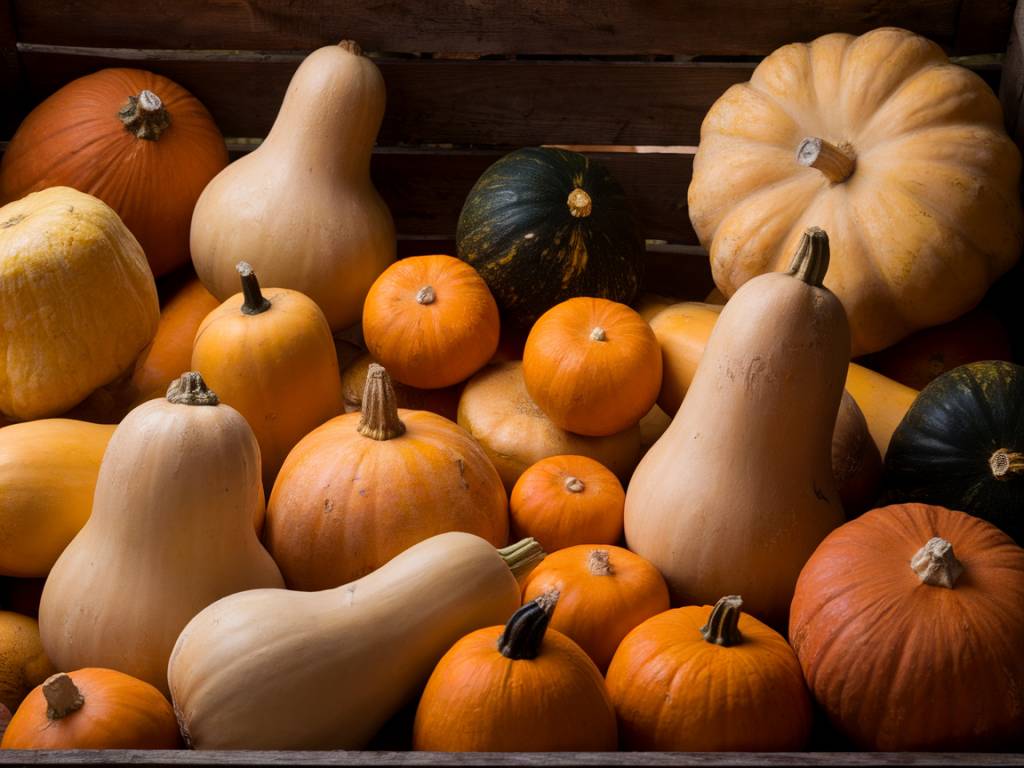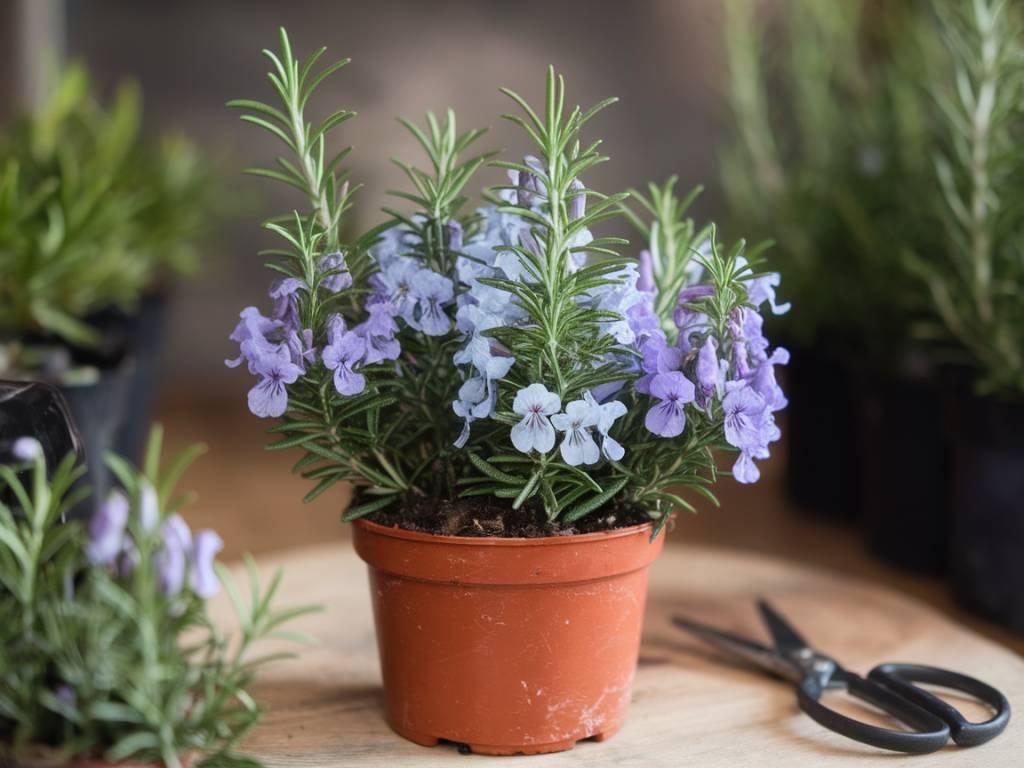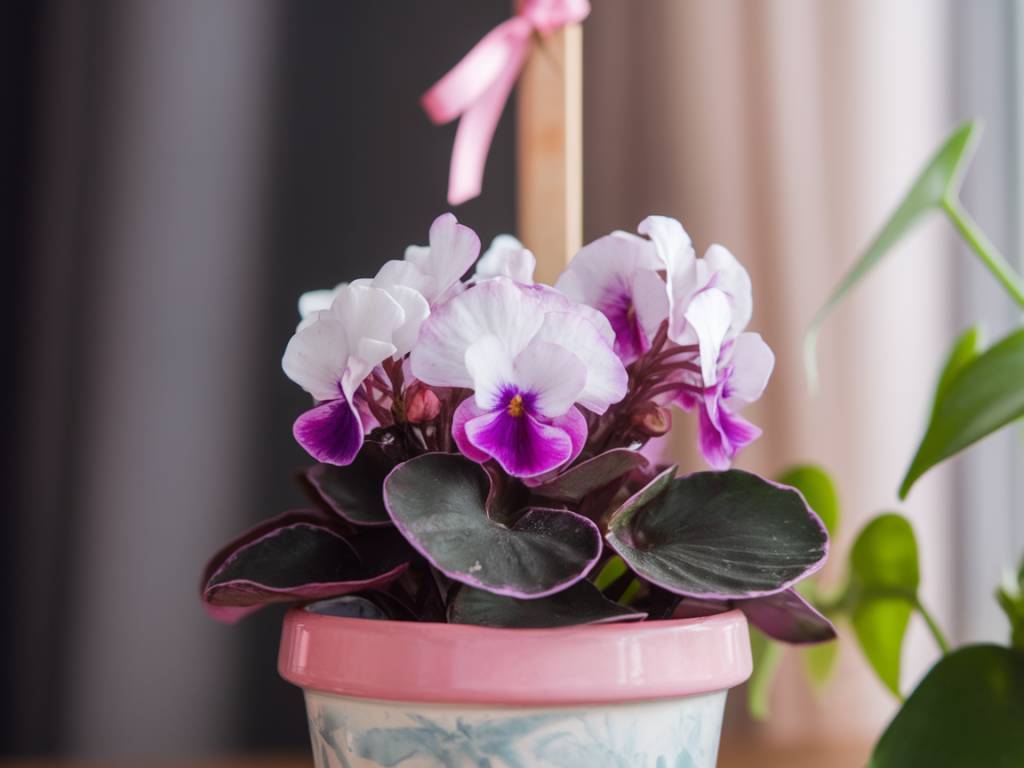There’s something deeply satisfying about nurturing your garden in ways that respect both the plant and the greater ecosystem. Mulching is one such practice that not only supports plant health but also enriches the soil. Today, I’m going to share some tips on how to mulch your garden to enhance soil health. Trust me, it’s simpler than it sounds and the benefits are enormous.
What is Mulching?
Mulching is a method where you cover the surface of the soil with organic or inorganic materials to protect and improve it. Organic materials, which I prefer, include leaves, straw, grass clippings, and wood chips. Inorganic options might be black plastic or landscape fabric, but these don’t offer the same soil-enriching benefits as organic mulches.
Why Mulch?
Mulching offers numerous advantages:
- Weed Control: A good layer of mulch can suppress the growth of weeds by blocking sunlight.
- Moisture Retention: Mulch helps to retain soil moisture by reducing evaporation, which is particularly useful during hot summer months.
- Temperature Regulation: It keeps the soil cooler in the summer and warmer in the winter, creating a more stable environment for plant roots.
- Soil Health: Organic mulches decompose over time and add nutrients back into the soil, improving its texture and fertility.
- Pest Control: Certain types of mulch can deter pests.
Choosing the Right Mulch
Selecting the appropriate mulch largely depends on the kind of plants you are growing and your specific goals. Here’s a quick guide to help you choose:
Leaves: They are plentiful and free, and they break down relatively quickly to enrich the soil. However, they can mat down and prevent water from reaching the soil if applied too thickly.
Straw: Straw is great for vegetable gardens. It breaks down more slowly than leaves and can be turned into the soil at the end of the growing season to add organic matter.
Grass Clippings: These are nitrogen-rich and great for fast-growing plants. Just ensure they come from a herbicide-free lawn to prevent introducing chemicals into your garden.
Wood Chips: Ideal for pathways and around perennials, shrubs, and trees. They decompose slowly, helping to aerate the soil and improving its structure.
When to Mulch?
The timing for mulching depends on your climate and the specific needs of your plants. Typically, I find it beneficial to mulch twice a year:
- Spring: Mulching in spring helps in retaining soil moisture and keeping weeds at bay. It also helps to regulate soil temperature, providing a stable growing environment for your plants.
- Autumn: A good autumn mulch can protect your plants from the harsh winter temperatures, and organic mulches will begin to break down and enrich the soil over winter.
How to Apply Mulch
Applying mulch is as much an art as it is a science. Follow these steps for best results:
- Start with a clean slate by removing weeds and debris from the area you plan to mulch.
- Water the soil thoroughly before applying the mulch, ensuring the moisture reaches deep into the soil.
- Apply a layer of mulch that is about 2-4 inches thick. Too thin, and it won’t effectively suppress weeds or retain moisture. Too thick, and it might prevent water from reaching the soil.
- Keep mulch away from the stems of plants and trunks of trees to prevent rot and disease. A gap of about 2-3 inches is usually sufficient.
Maintaining Your Mulch
Mulching isn’t a one-time activity. You’ll need to refresh your mulch periodically to maintain its effectiveness:
- Inspect your mulch layer every few weeks to ensure it hasn’t thinned out. Add more as necessary to maintain the optimal 2-4 inches.
- If you’re using organic mulch, it will break down over time and need replacing. This is a good thing since it means nutrients are returning to the soil.
- Consider turning the mulch with a garden fork occasionally to improve aeration and distribute decomposing materials evenly.
A Few Extra Tips
Here are a few lesser-known tips to elevate your mulching game:
- Free Mulch Sources: Check with local tree services or gardening groups for free or discounted mulch. Many companies are happy to drop off wood chips for free.
- Mulching in Layers: For added soil benefits, consider mulching in layers. Start with compost or well-rotted manure before adding your top mulch layer. This combines nutrient-rich compost with the protective qualities of mulch.
- Be Mindful of Nitrogen Levels: Mulch materials like wood chips and straw may temporarily deplete soil nitrogen as they decompose. Counteract this by adding a nitrogen source like composted manure or a green mulch first.
- Observe and Adapt: Every garden is unique, so don’t hesitate to experiment. Observe how your plants respond and adjust your mulching technique as needed.
Mulching can truly transform the health of your garden soil, making it a more hospitable environment for your plants. It’s a simple yet profoundly effective method to practice sustainable gardening while beautifying your outdoor space. Happy gardening!
Samanta

